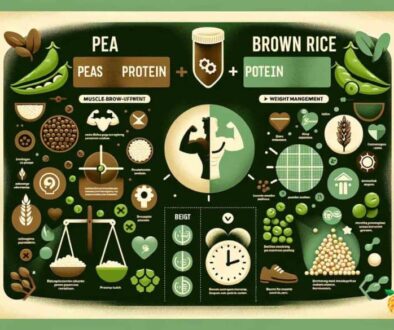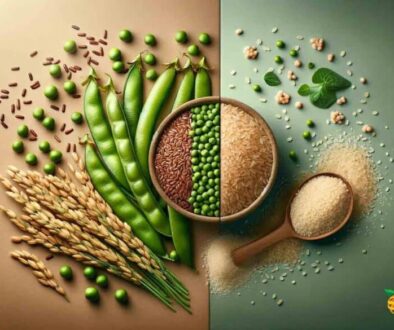Discover Pea Protein Function: Solubility, Water-Holding Capacity And More
Introduction
Pea protein’s functional properties play a pivotal role in its application in the food industry. These properties encompass solubility, water-holding capacity, oil-holding capacity, emulsification, and foaming characteristics.
Solubility of Pea Protein
Solubility serves as a crucial prerequisite for various protein functionalities in food applications. High solubility facilitates the production of beverages, infant formula, and instant-dissolving foods. Factors like pea genotype, protein extraction methods, pH levels, and ionic strength all impact the solubility of pea protein.
Water-Holding and Oil-Holding Capacities of Pea Protein
The water-holding and oil-holding capacities of proteins are closely tied to the texture, mouthfeel, and flavor retention of food products. Proteins with high water-holding capacity aid in reducing moisture loss in baked goods, maintaining freshness and texture. Meanwhile, proteins with high oil-holding capacity enhance crispness and preserve the original flavor profile. Different extraction methods significantly influence these attributes of pea protein.
Emulsification Properties of Pea Protein
Emulsification properties of proteins are vital in their role as food ingredients. Proteins with exceptional emulsification properties are used in preparing stable emulsions for products like milk, cream, mayonnaise, ice cream, and butter. Various researchers use different metrics and units to describe emulsification properties, including emulsifying capacity, stability, and emulsion capacity. Overall, extraction methods have a significant impact on the emulsification properties of pea protein.
Foaming Characteristics of Pea Protein
The foaming characteristics of pea protein are typically described in terms of foaming capacity and foaming stability. In general, the cultivated variety or genotype has a notable influence on the foaming capacity of pea protein, while its foaming stability is less affected. Pea protein can be fractionated into different protein components. Compared to the alcohol-soluble, alkali-soluble, and salt-soluble fractions, the water-soluble fraction exhibits significantly higher foaming capacity at pH levels between 4.0 and 7.0. Additionally, factors such as pH level, protein concentration, and NaCl content also influence the foaming properties of pea protein.
Conclusion
These studies shed light on the various functional properties of pea protein. For further information and resources, please contact the ETprotein team at sales(at)etprotein.com












